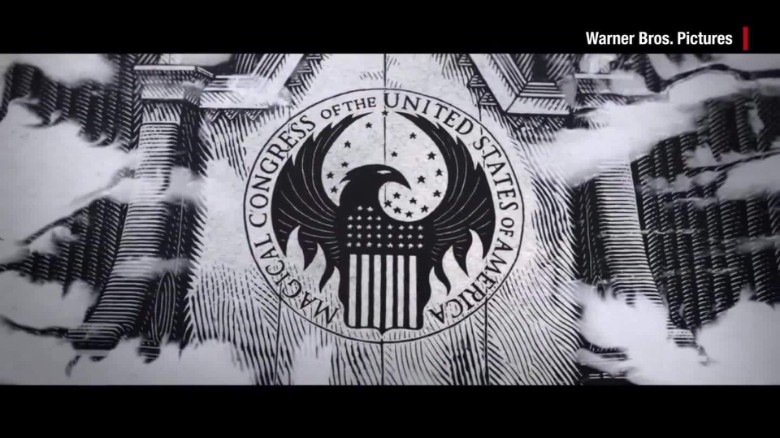The first story of J.K. Rowling’s “History of Magic in North America” has inflamed some members of Native American communities.
The story, which chronicles wizarding from the 14th to the 17th centuries, was criticized for lumping all Native Americans into one group, appropriating their stories and “completely re-writing these traditions,” in the words of Cherokee scholar-blogger Adrienne Keene.
In Rowling’s story, published on the Pottermore website, wizards existed among Native American tribes, though some faced the same scrutiny and stigmatization as their European peers. Some were “skin walkers,” people who could change into animal form, like the Animagi in Rowling’s Harry Potter novels.
Keene took issue with Rowling’s writing in her blog post and on Twitter.
“It’s not ‘your’ world. It’s our (real) Native world. And skin walker stories have context, roots, and reality,” Keene wrote.
Navajo writer Brian Young added, “My ancestors didn’t survive colonization so you could use our culture as a convenient prop.”
Another tweeter, who goes by Ojibwe Writer Mari, was also unhappy.
“It burns me is that white authors’ stories about Natives will drown out actual Native authors’ stories. @jk_rowling profits from this,” she tweeted.
Rowling’s second story, about the 17th century “and beyond,” was released Wednesday morning. In it, she discusses the Salem witch trials and the role of the “No-Majs” — the American equivalent of Muggles, or non-magical humans — led by the “Scourers,” “an unscrupulous band of wizarding mercenaries of many foreign nationalities.”
Two more stories are due Thursday and Friday. They’re helping set the stage for this fall’s premiere of the new Potter movie, “Fantastic Beasts and Where to Find Them.”



